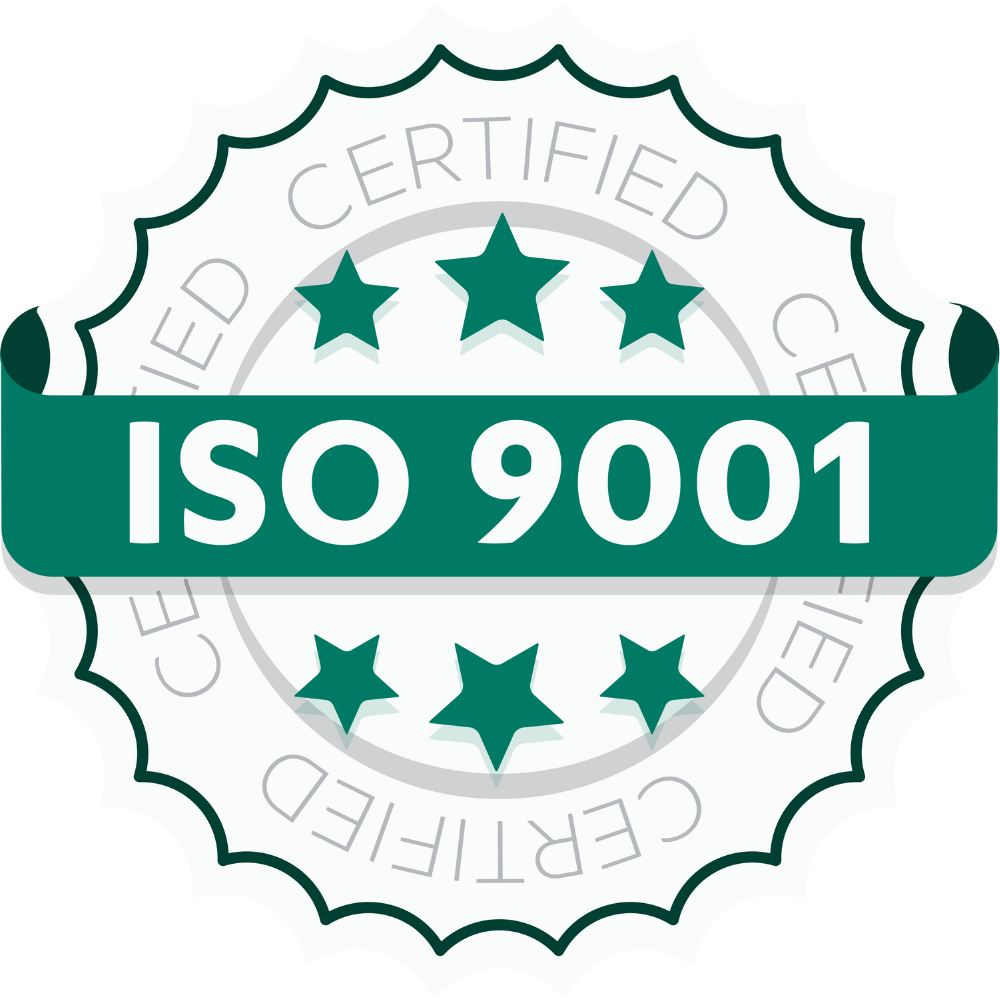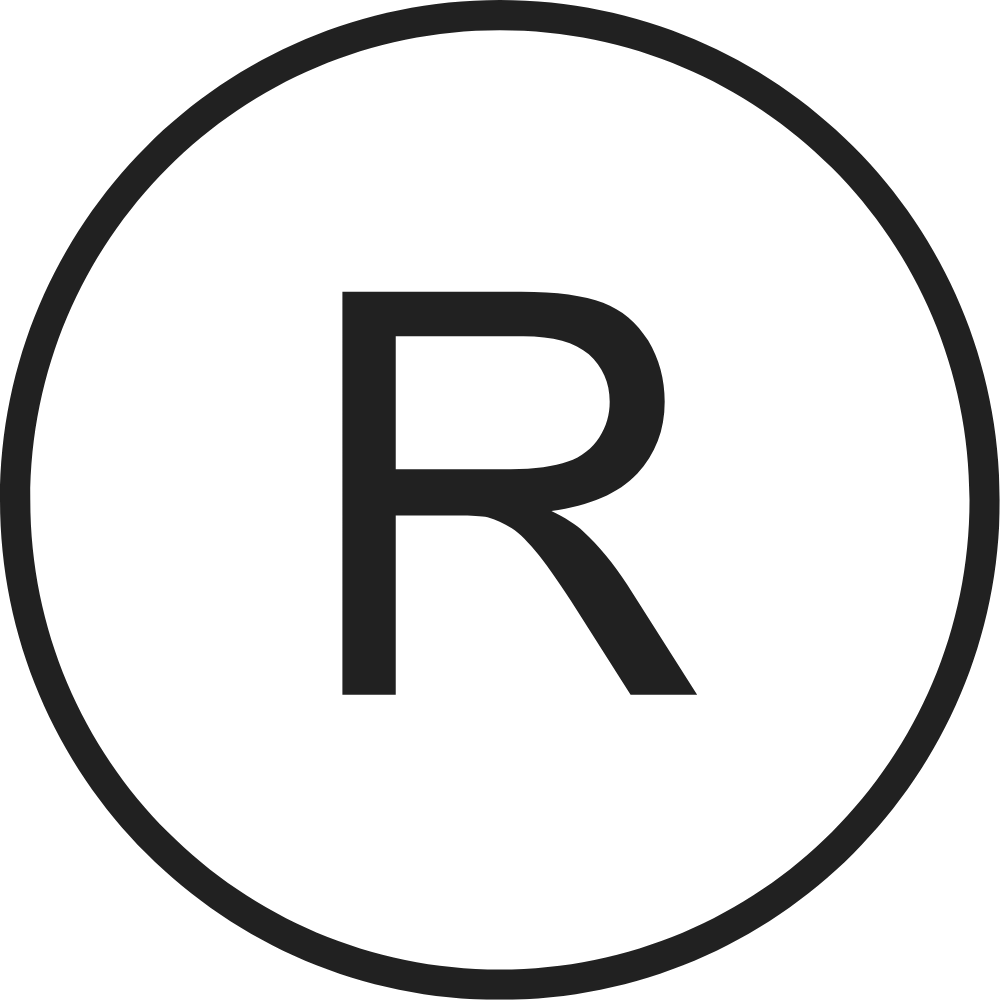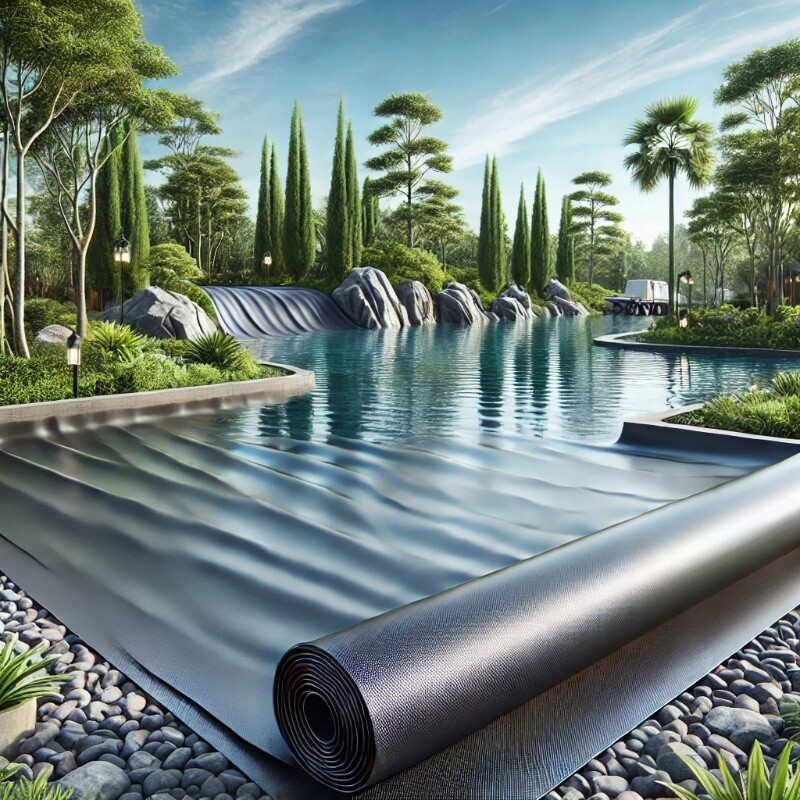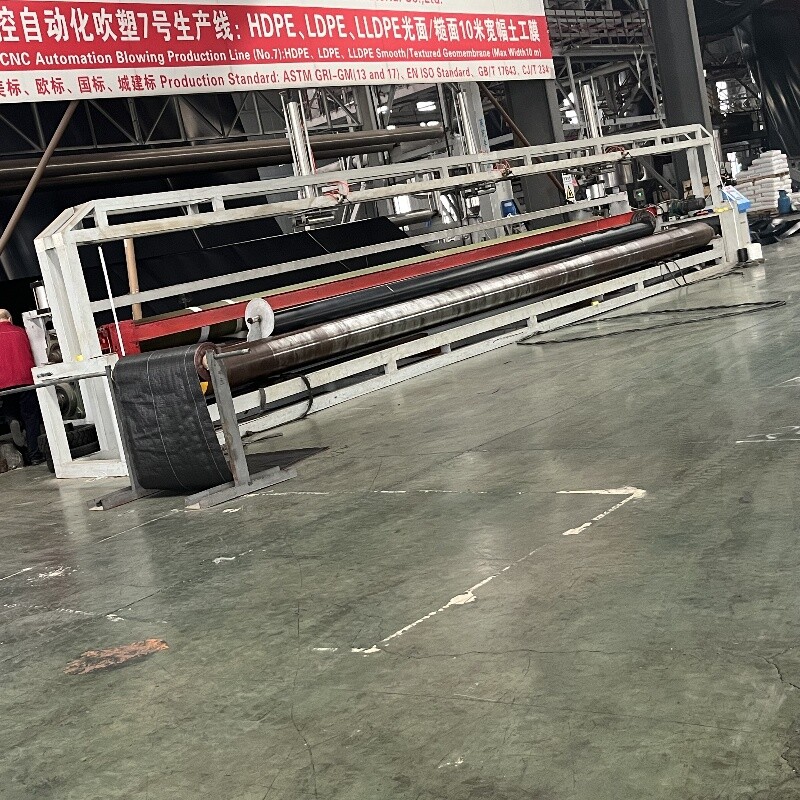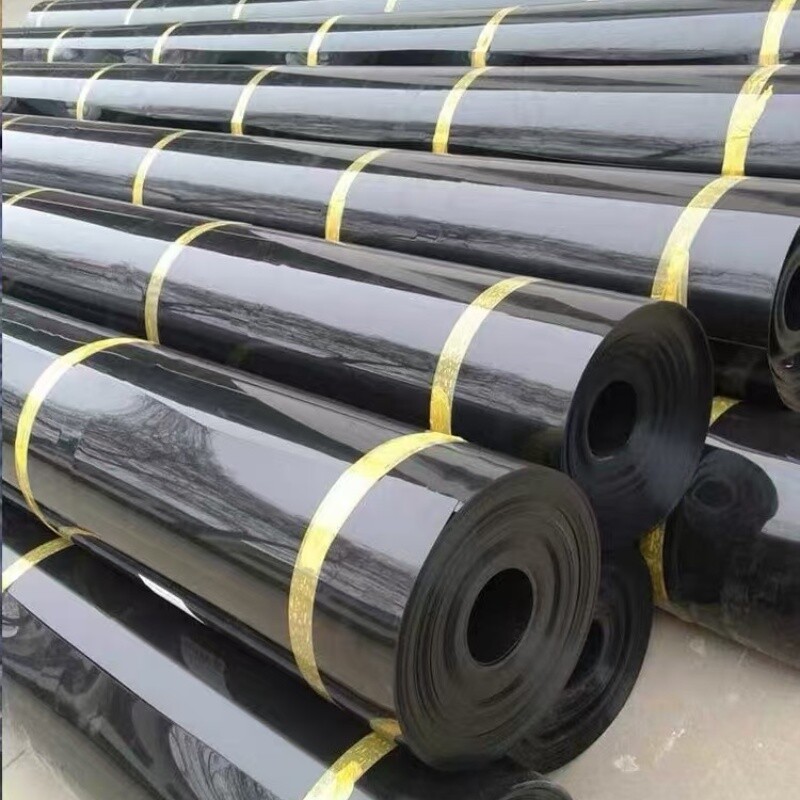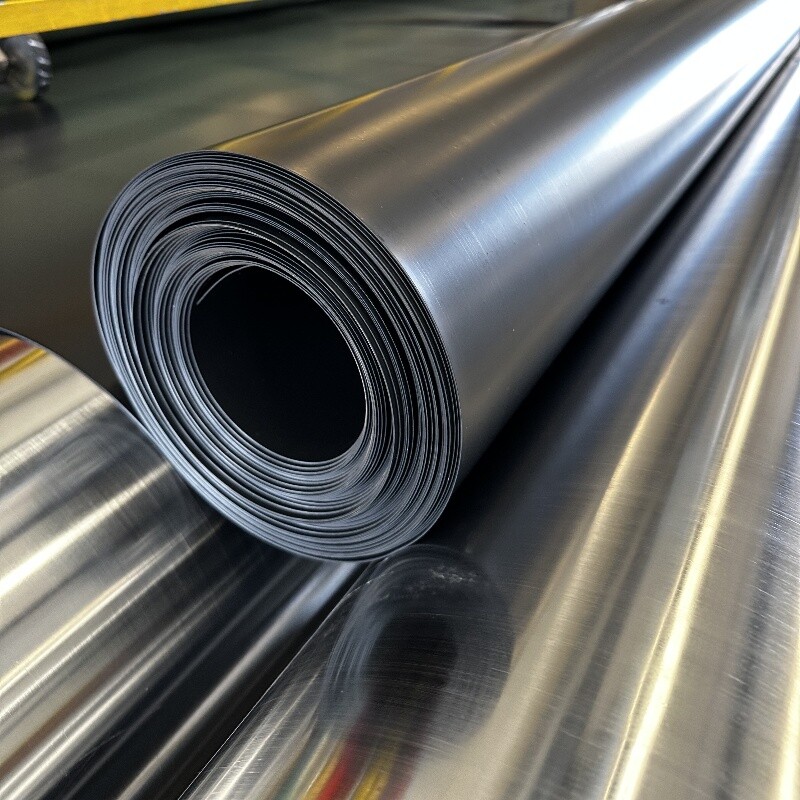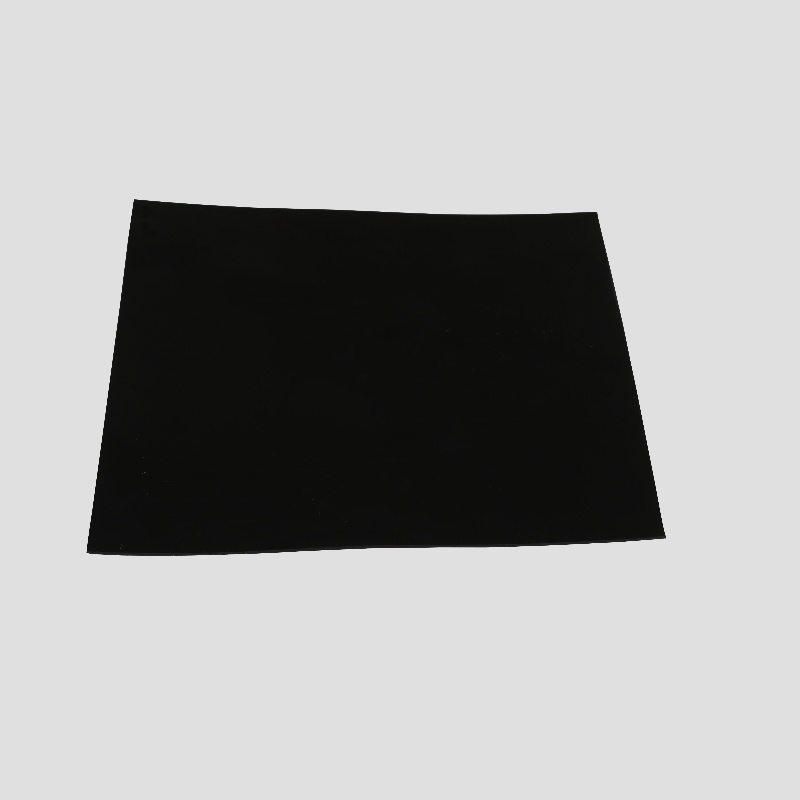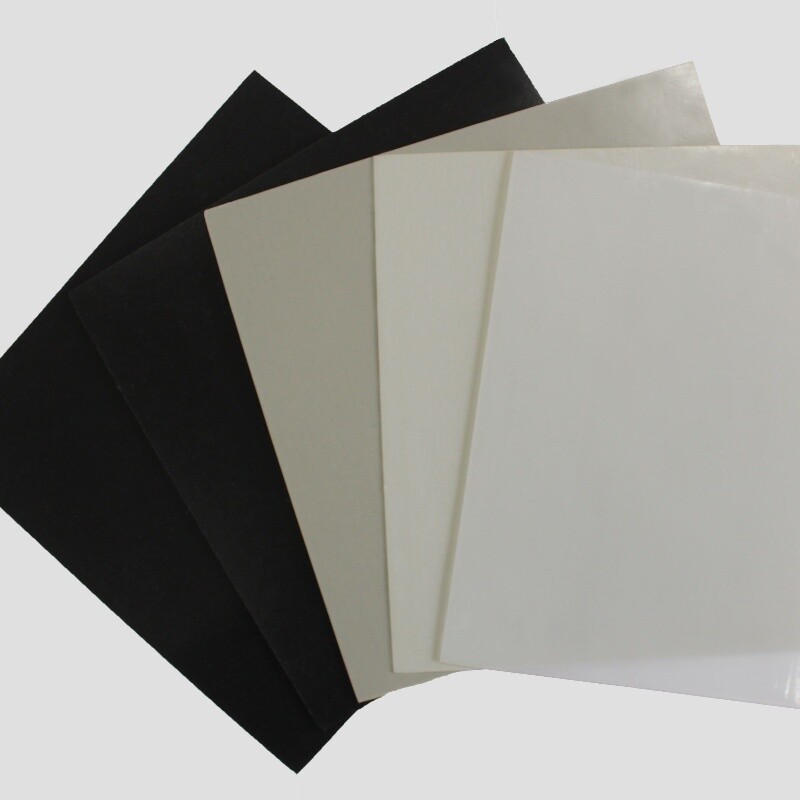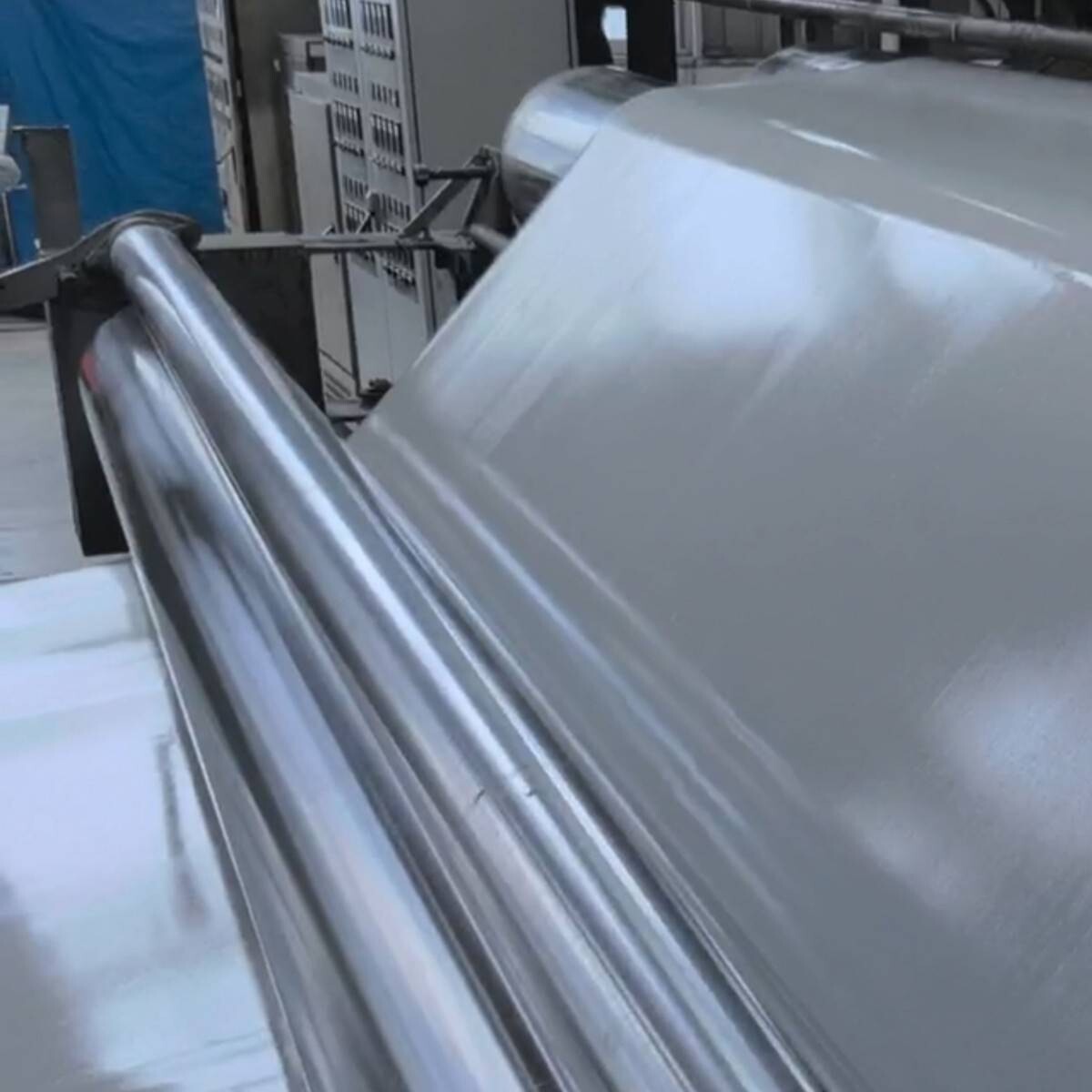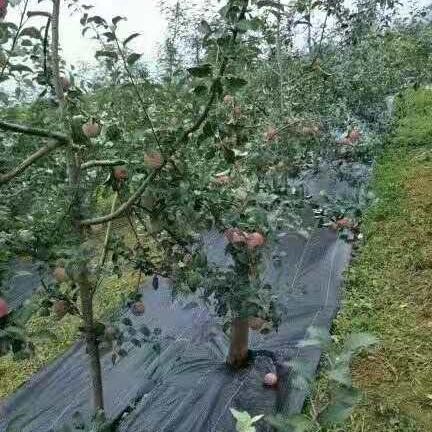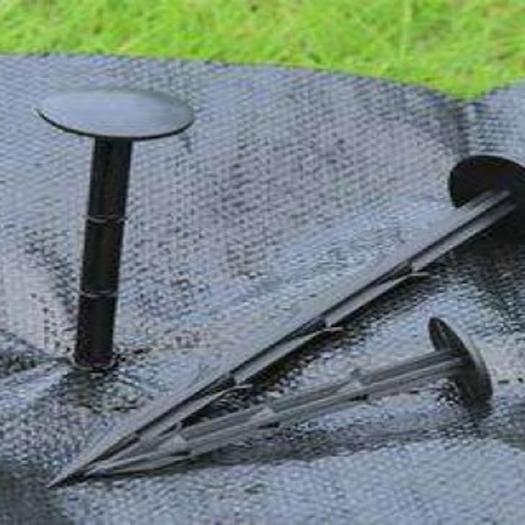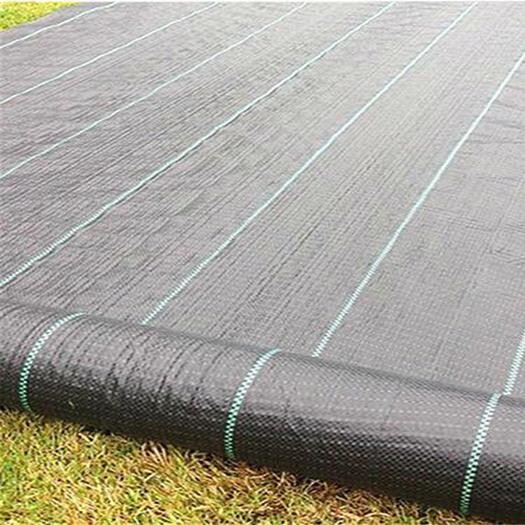1. Product Overview
The Landscape Lake Impermeable Membrane is a high-performance waterproofing and impermeable membrane specifically designed for lakes, artificial water features, wetlands, and other landscape projects. It effectively prevents water seepage, maintains water level stability, and enhances the aesthetic appeal of water landscapes. With excellent durability and anti-aging properties, this membrane ensures long-term reliability in various environmental conditions. It is widely used in garden landscapes, scenic lakes, and water-related environmental construction.
2. Product Features
- High Waterproofing Efficiency: Made from advanced composite materials, it has excellent water impermeability, effectively preventing water exchange between the water body and soil, and maintaining stable lake water levels.
- Chemical Resistance: The membrane exhibits strong resistance to acids, alkalis, salts, and chemical corrosion, making it suitable for complex environments.
- Durability: The membrane material is resistant to UV radiation and aging, with a lifespan of over 20 years, ensuring reliable long-term performance.
- Environmentally Friendly: Manufactured from non-toxic, non-polluting materials, it poses no negative impact on the ecosystem.
- Easy to Install: The membrane is easy to install, reducing construction time and labor costs.
- Frost Resistance: The material remains flexible even in low temperatures, making it adaptable to various climatic conditions.
3. Product Specifications
- Material Type: High-Density Polyethylene (HDPE) or Polyvinyl Chloride (PVC)
- Thickness: 0.5mm, 1.0mm, 1.5mm (customizable based on project requirements)
- Width: Up to 8 meters, with customizable lengths based on the project.
- Tensile Strength: >20 MPa
- Elongation: >300%
- Temperature Range: -40°C to +60°C
- UV Resistance: ≥8000 hours
- Water Permeability Coefficient: < 1.0 x 10^-9 m/s
4. Applications
- Artificial Lakes and Scenic Water Bodies: Used in urban parks, tourist attractions, commercial complexes, and other artificial lake constructions to prevent water leakage.
- Water Feature Projects: Applied in the construction of water gardens, fountains, ponds, and other water-based features to ensure the water integrity and aesthetic effect.
- Wetland Protection: Suitable for wetland conservation and restoration projects, preventing groundwater loss and water quality contamination.
- Soil Waterproofing: Can be used as a barrier between soil and water in landscape projects, preventing soil erosion and water loss.
- Ecological Restoration Projects: Applied in ecological restoration works to improve soil and water retention and stabilize ecosystems.
5. Construction Recommendations
- Pre-Construction Preparation: Ensure the substrate is level and free from sharp objects or debris that could damage the membrane. A sand or protective layer may be applied to enhance the durability of the membrane.
- Installation Process: Lay the membrane flat on the lakebed or designated area. Use heat welding or mechanical pressing to ensure a sealed connection at the seams. Maintain the welding temperature within the recommended range to avoid damaging the membrane.
- Seam Treatment: For the seams, it is recommended to use special seam tape or welding machines to ensure a tight and leak-proof joint.
- Edge Protection: The edges of the membrane can be secured using concrete or brick walls to prevent shifting or damage.
- Quality Inspection: Regularly check the quality of membrane installation during the process to ensure there are no cracks, damage, or leaks, particularly at the seams.
6. Maintenance & Care
- Periodically inspect the membrane surface for any damage or signs of aging, especially at the seams and edges.
- In extreme sunlight or high-temperature conditions, provide appropriate protective measures to prolong the membrane's lifespan.
- If damage occurs during installation, it should be promptly repaired to maintain waterproof performance.
FAQ
- What can you buy from HONGYUE?
Geogrid, Geomembrane, Geocell, Geotextile and other geosynthetic materials.
- What you can expect from HONGYUE?
Competent and knowledgeable technical engineers .
Customized service according to engineering requirements .
Complete solutions for product design, delivery and installation in construction projects .
Offer various complementary product portfolio and contract project.
- How can HONGYUE guarantee quality?Always a pre-production sample before mass production;
Always final Inspection before shipment - What is your sample policy?
We can provide the sample free, you just pay for the transportation freight then you can get 3-5 days.
- What is the services can HONGYUE provide?Accepted Delivery Terms: FOB,CFR,CIF,EXW,DDP,Express Delivery,and so on ;
Accepted Payment Currency:USD,CNY;Euro;and so on ;
Accepted Payment Type: T/T,L/C,MoneyGram,Credit Card,PayPal,Western Union,Cash - Are you manufacturer or trading company ?
We are a professional manufacturer
- How about your delivery time?The specific delivery time depends on the items and the quantity of your order.
Inquiry about this product
Related Recommendations
If there is no accurate search result, please contact us and we will respond within 24 hours.


